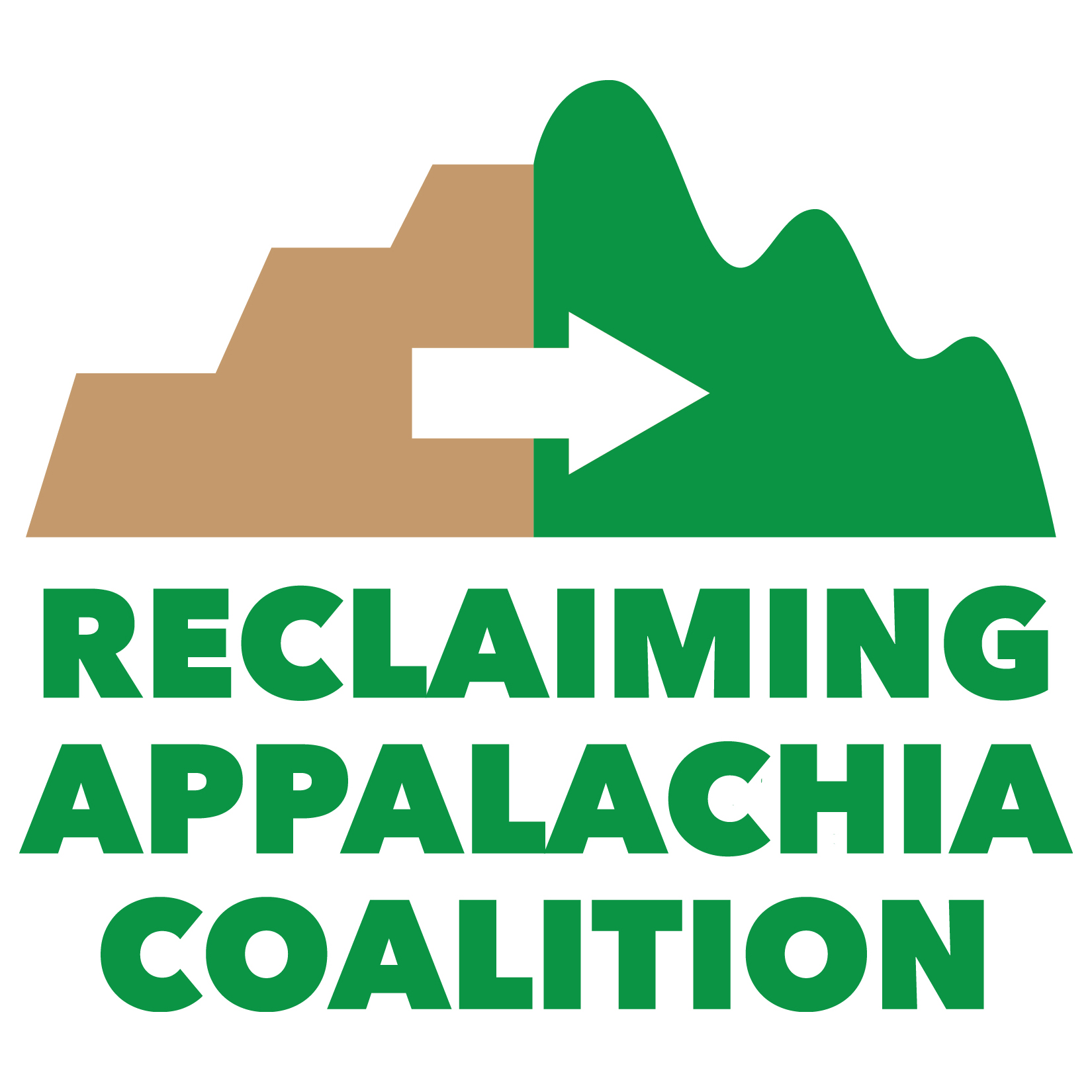In 2021, Congress enacted the Infrastructure Investment and Jobs Act (IIJA), also referred to as the Bipartisan Infrastructure Law. This new law reauthorized the Abandoned Mine Land (AML) program, which provides money to reclaim abandoned coal mines that were permitted prior to 1977. Coal companies pay a fee per ton of coal mined, which finances the fund.
People in Appalachia and other historic mining areas across the county depend on this funding to improve health and safety in their communities.
The IIJA extended the program and the coal fee for 13 years, but decreased the amount of the fee by 20%. However, to address the significant backlog of AML features in need of reclamation, the IIJA also invests a historic $11.3 billion into the AML fund. This is a huge win for coal-impacted communities across the country. To read more about the IIJA, visit the OSMRE’s website.

Since it was created, the AML program has already funded $6 billion worth of projects, which includes reclaiming nearly 800,000 acres of damaged land and water across the country. But existing AML sites are still in need of between $20 and $30 billion worth of reclamation.
Visualizing Abandoned Mine Lands Problems
Below is the federal Office of Surface Mining Reclamation and Enforcement (OSMRE) maintains an inventory of AML sites around the country, known as the electronic Abandoned Mine Land Inventory System (e-AMLIS). Click to view the full ESRI story map.
Additional Resources
-
- Explore the comprehensive Our Work’s Not Done website, supported by a number of state agencies, and visit the National Association of Abandoned Mine Land Programs.
-
- Learn about the long-term need for AML funding in this report from the Ohio River Valley Institute.
- Learn more about the impacts of the IIJA AML investments in this blog from Appalachian Voices.
